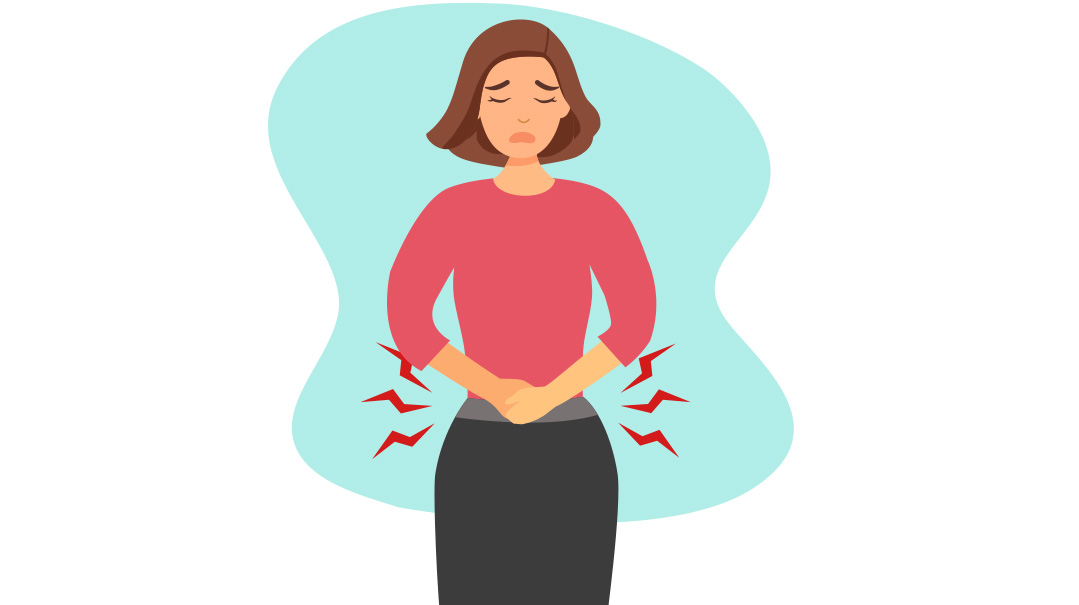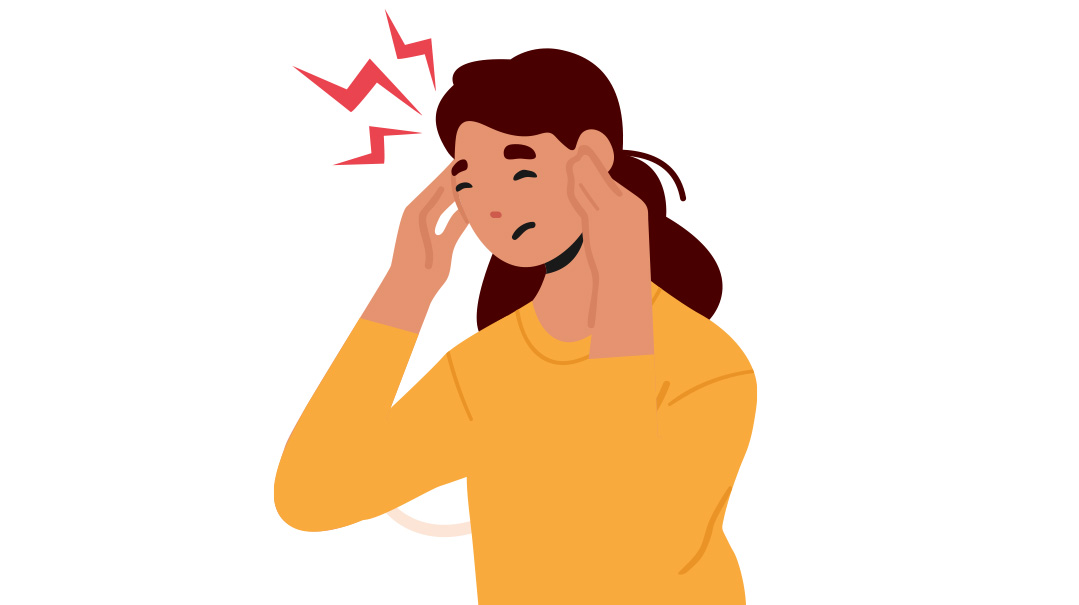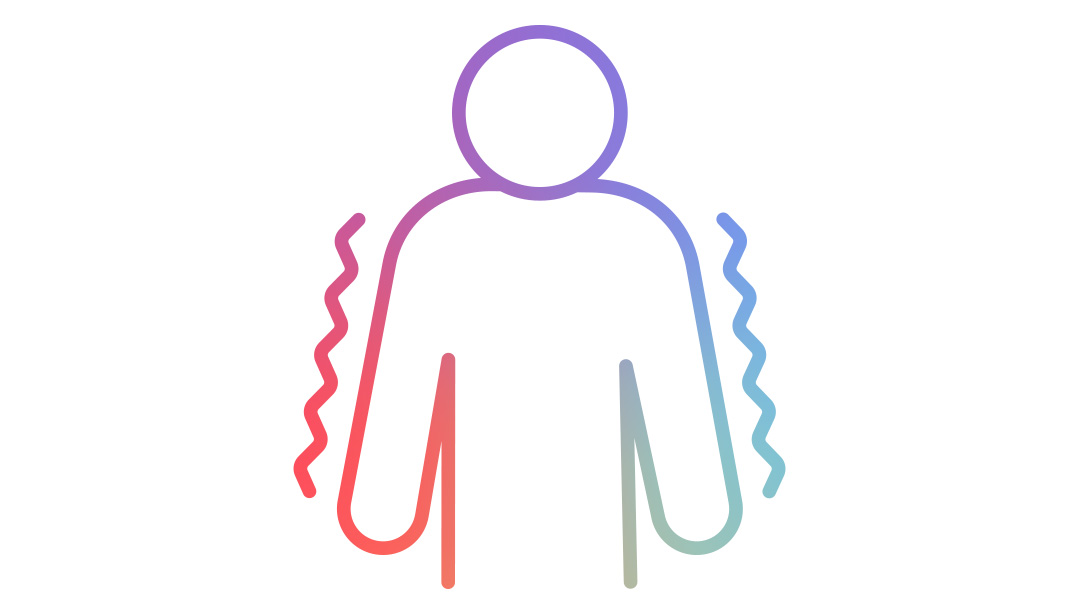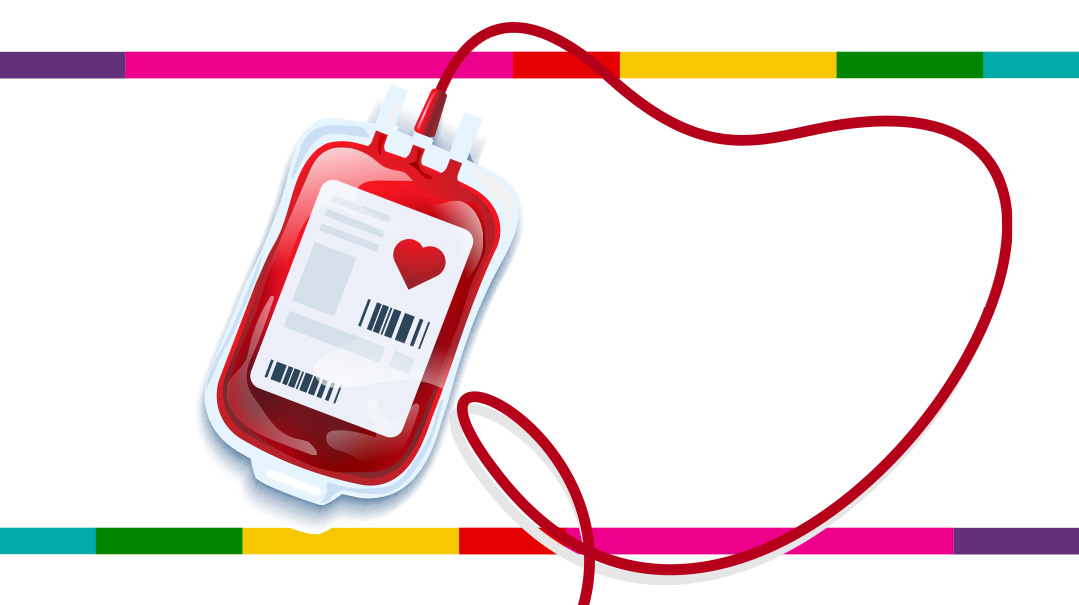Eyesight
| July 5, 2022Your incredible eyes, which allow you to read this right now, are unfathomable gifts
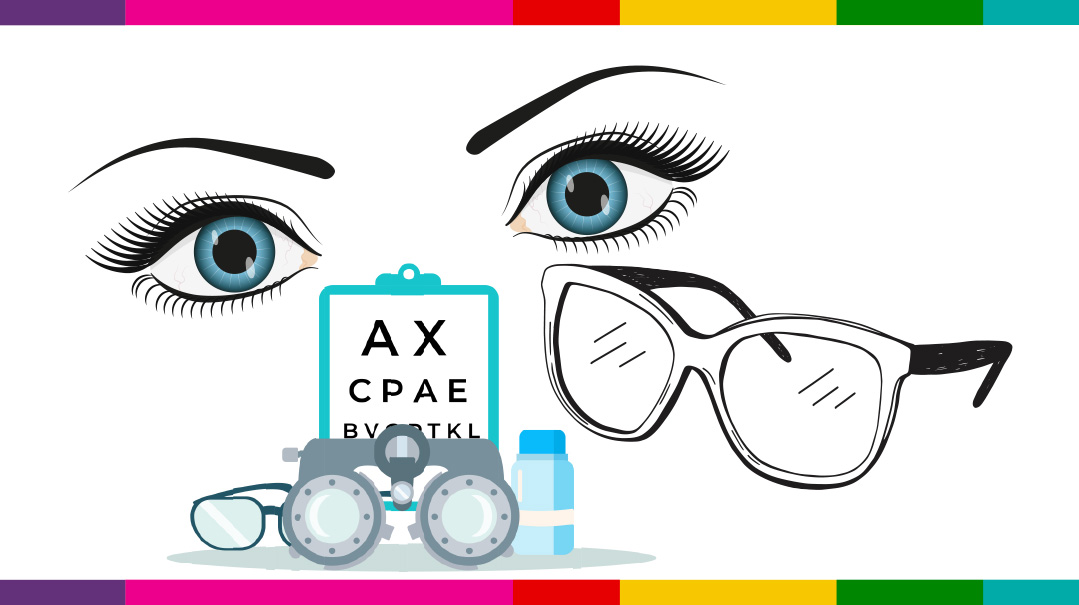
Color. Movement. A shimmering ocean, little waves sparkling like a sea of glitter in the brilliant sunlight. Setting sun, golden; pinks and reds and oranges followed by deep blue. A baby’s smile; green leaves glittering in the wind and sun; soft, kind eyes.
All of these and so much more are accessible with your gift of vision.
Your incredible eyes, which allow you to read this right now, and to partake in every normal day-to-day activity, are unfathomable gifts. Yet we rarely remember to be grateful for them. Thank you, Hashem, for our sight.
Common Concerns
Did you know that along with other physical changes that occur as a teen, there may be vision changes, too? That’s true even if you’ve never needed glasses before, but don’t worry, it’s common.
You might have heard names of vision issues tossed around and wondered what they meant. In fact, you might wear glasses yourself but are not quite sure what they’re doing for you. Here’s a quick rundown of some of the most common vision issues in teens — and how they can be corrected.
- One of the most common problems teens have with their eyes is myopia, aka nearsightedness. Myopia makes it difficult to focus properly on objects that are far away (the blackboard, the other side of the street). This happens when, instead of your eyeball being nice and round, it’s stretched a little longer than normal. Thankfully, this very common issue is easily corrected with glasses or contact lenses.
- Then there’s the opposite problem, hyperopia. This makes it difficult to focus properly on objects that are close to the eye (reading, threading a needle). Having a “short” eyeball (front to back) causes hyperopia. Here, too, glasses or contacts come to the rescue.
- When the cornea of the eye isn’t exactly round, it’s called an astigmatism. This affects how things look whether they’re close up or far away and can make the world seem blurry, as well as cause headaches, difficulty reading, and fatigue. Glasses or contact lenses can correct astigmatism.
- Spending too much time staring at a screen can cause eye strain and dry eyes. Try to avoid extended screen use (which has also been linked to sleep problems, mental health challenges, and spiritual struggles). If you do need to spend a while on a screen, be sure to blink frequently. Looking away from the screen to look at something across the room for a few moments before turning back to the screen can help prevent digital eye strain and dry eyes.
Keep your eyes safe!
Protect your eyes from the sun’s harmful UV rays. Just like your skin is vulnerable to sun damage, the delicate cells in your eyes are, too. When outside in bright sun, wear sunglasses that block 100 percent of UV light (not all sunglasses do) to protect your eyes from future vision loss or worse, chas v’shalom.
Have your eyes checked by a professional every two years to screen for potential issues (more often if your family has a history of eye problems or you have a health condition which can affect your eyesight).
Have your eyes checked by a professional if you’re having trouble seeing, your eyes are hurting, an eye is persistently red and/or secreting discharge, one or both eyes are sensitive to light, or you have experienced trauma to the eye.
DID YOU KNOW?
Most people blink around ten times a minute. When staring (at a screen or otherwise), this number drops to two or three!
Most babies are born farsighted. When their eyeballs grow, their vision improves, and is usually normal by the time they hit seven years old.
(Originally featured in Teen Pages, Issue 918)
Oops! We could not locate your form.

